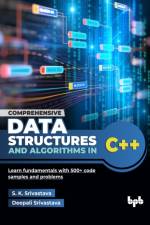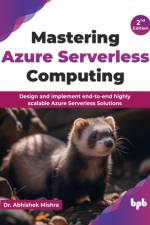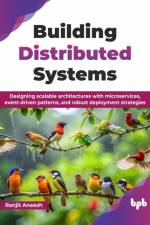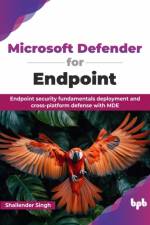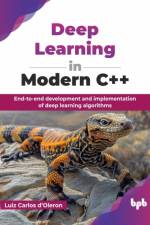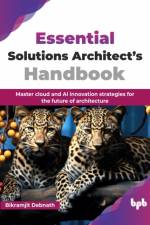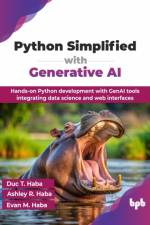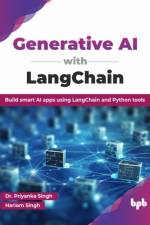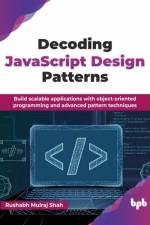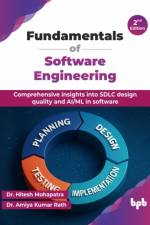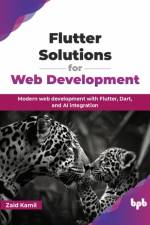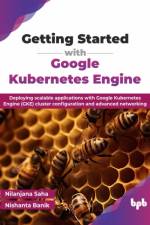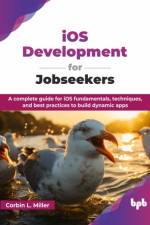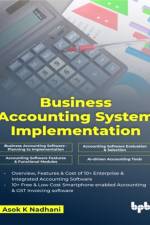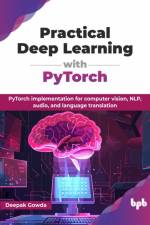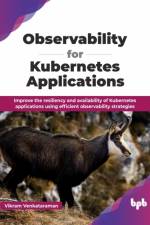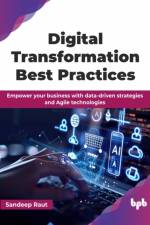av Abhishek Mishra
557
A comprehensive guide that will teach you to build and implement Azure serverless solutions Key Features a- Learn the Function as a Service (FaaS) offering from Microsoft Azure a- Build Enterprise-grade workflows and integration using Azure Logic App a- Build event-driven Serverless solutions using Azure Event Grid a- Use Azure Service Bus to facilitate messaging between Azure Serverless components a- Implement advanced Serverless services such as Azure Serverless SQL Database and Azure Serverless Kubernetes Description The book starts with the basic concepts of Serverless Computing, its evolution, characteristics, and benefits. The next set of chapters is based on Azure Function as a Service (FaaS) programming model where you will gain proficiency in creating Serverless Azure Function, which is the basic unit of Azure Serverless Computing. Furthermore, the book focuses on building Azure Serverless Messaging, Integration, and Workflow that facilitates communication between components in the Azure Serverless ecosystem. Azure Logic Apps, Azure Event Grid, and Azure Service Bus are explained in detail. You will also work with advanced Azure Serverless services such as Azure Serverless Database and Azure Serverless Kubernetes that are essential for building highly scalable (at runtime) next-generation Serverless applications. Towards the end, the book focuses on reference architectures for Serverless Computing scenarios. By now, you will be proficient in working with Azure Serverless components, and their integration and can design and build an end to end Azure Serverless solution. What will you learn a- Design and implement Serverless workflows using Azure Logic Apps a- Design and implement Integration Services using Azure Event Grid a- Learn how to build Messaging Services on Azure Serverless platform a- Work with Azure Serverless SQL database a- Get familiar with Azure Serverless Kubernetes Architecture Who this book is for Anyone familiar with Cloud Fundamentals can use this book to get upskilled in Azure Serverless Computing and become an expert in it. Architects and Developers proficient in Microsoft Azure can use this book to learn Azure Serverless Computing and apply the knowledge gained to design and build solutions in this area. Table of Contents 1. Introduction to Azure Serverless Computing 2. Azure Functions 3. Azure Durable Functions 4. Azure Logic Apps 5. Azure Event Grid 6. Azure Service Bus 7. Azure Serverless SQL Database 8. Azure Serverless Kubernetes 9. Designing Azure Serverless Solutions 10. Implementing Azure Serverless Solutions About the Author Abhishek Mishra is an Architect with a leading Fortune 500 software multinational company and has deep expertise in designing and building Enterprise-grade Intelligent Azure and .NET based architectures. He is an expert in .NET Full-stack, Azure (PaaS, IaaS, Serverless), Infrastructure as Code, Azure Machine Learning, Intelligent Azure (Azure Bot Services and Cognitive Services) and Robotics Process Automation. He has a rich 14+ years of experience working across top organizations in the industry. He loves blogging and is an active blogger on C# Corner. He has been awarded C# Corner Most Valuable Professional (MVP) - December 2018 and December 2019 two times in a row for his contributions to the developer community. He is an active speaker and delivers sessions on Azure. He has spoken in leading conferences like nopCommerce Days 2019 Mumbai, C# Corner Pune Conference 2019, Global Power Platform Bootcamp Pune, and many more. Certifications to his credit - TOGAF Certified, Microsoft Certified Solutions Associate in Machine Learning, Microsoft Certified Azure Developer Associate, and many more. Your Blog links: https://www.c-sharpcorner.com/members/abhishek-mishra16 Your LinkedIn Profile: https://www.linkedin.com/in/abhishek-mishra-4890909

